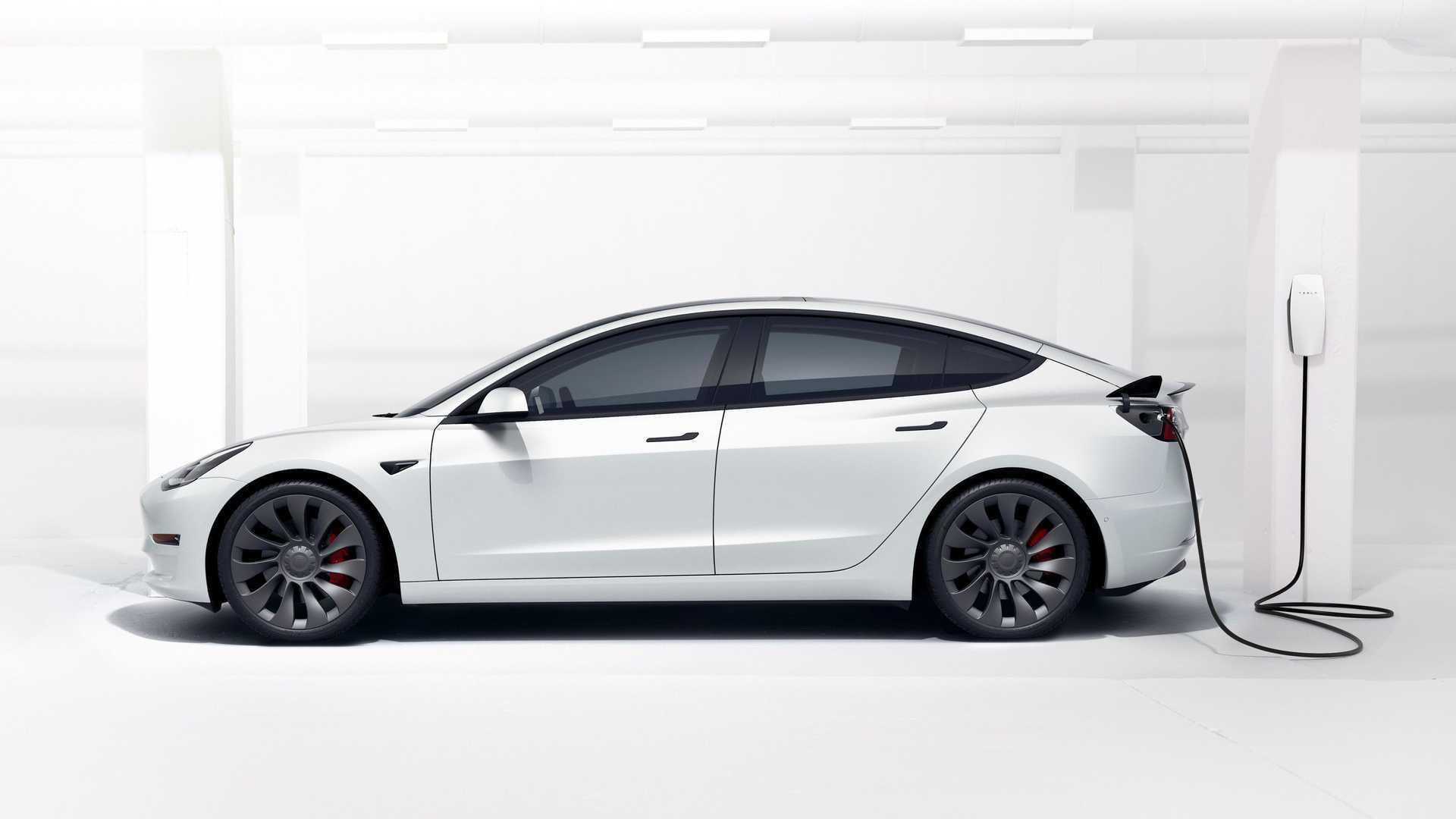Even a compact EV getting 4 km/ kWh will top up to 50 miles of range on a 12hr overnight charge from 120V. However grid and other infrastructure needs to be addressed as will the additional generating capacity. There will be a lot of electricians making a lot of money upgrading entrances and installing chargers. Some of the new fast chargers can put in 300 amps @300 volts DC! To drive a hummer or half ton with a big battery capacity you'll need to spend some time there or upgrade to a 200 amp entrance and a big charger.
From what I can gather Elon plans to introduce a dirt cheap EV this year using all the automation he can throw at it and if he does, it will force others to do the same. A cheap compact EV with sufficient range and that can be charged to 50 miles of range overnight with 120V for daily use might be the model T of EVs. It would fit the needs of millions of people who commute to work every day and the average American commute is under 50 miles a day. Buy a better charger and it can charge even more from a standard 100 amp entrance
@220 volts. To sell these cars, people need to consider how they will charge them and how much it will cost, many small cars have 120V chargers built in and can use fast charging too. If ya wanna drag a lot of mass with yer ass it will cost you a lot more with an EV.

